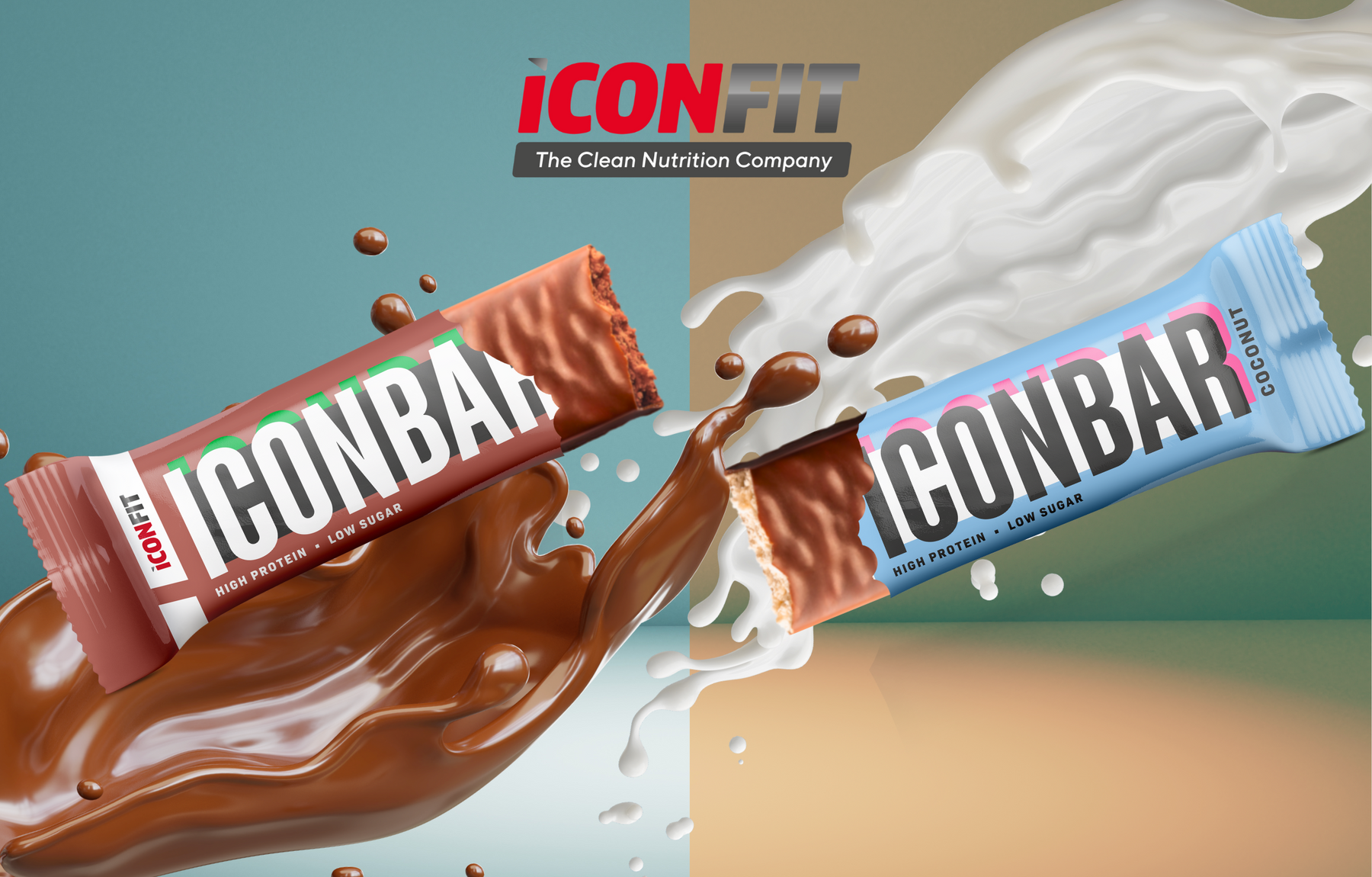
The History, Composition, and Benefits of Protein Bars
Introduction
Protein bars have come a long way in their journey to popularity. From their humble beginnings with taste and marketing challenges, they have evolved into a versatile and convenient nutrition option for people from all walks of life. In this article, we'll explore the history and development of protein bars, what to look for in their composition, and why and when to use them as part of a healthy lifestyle and nutrition plan.
The History and Development of Protein Bars
Early Years and Taste Challenges
Protein bars had a rocky start due to their unappealing taste and texture. In their early years, these bars were simple, bland, and primarily aimed at providing a quick protein fix for athletes. They were initially marketed as "nutrition bars" or "energy bars" rather than "protein bars." The term "protein bar" only gained popularity in the 2000s, even though protein supplement companies had been making bars for decades.
Improvements Over Time
In the 1970s, companies began enhancing protein bars by introducing new flavors and experimenting with textures. Flavors like chocolate and vanilla made them more appealing to a broader audience. Better ingredients and technological advancements improved taste and texture, making protein bars suitable not just for athletes but also as healthy snacks and quick energy sources.
Market Diversity
The early 2000s saw a diverse range of protein bars catering to different target groups. Specialized bars for women, vegetarians, diabetics, and those looking to lose weight emerged. This diversity provided options for everyone to find a bar that suited their needs.
Integral Part of Daily Life
Today, protein bars are an integral part of many people's daily lives. They serve as pre-workout fuel, convenient workday snacks, and on-the-go sustenance for travelers. People have embraced protein bars as a way to meet nutritional needs and support active lifestyles.
What to Look for in the Composition of Protein Bars
Protein Source
Protein bars should contain sufficient protein to meet your daily needs, typically
10-20 grams per serving.
Sugar Amount
Choose bars with less than 5 grams of sugar per serving to avoid blood sugar spikes.
Type of Fat
Opt for bars with healthy fats like monounsaturated and polyunsaturated fatty acids, avoiding those with excessive saturated fats.
Ingredients
Look for natural ingredients like whole grains, nuts, seeds, fruits, and natural sweeteners. Avoid bars with artificial flavors, colors, preservatives, and chemical additives.
Fiber and Vitamins
High-quality bars often contain fiber and a variety of vitamins and minerals to complement your diet.
Serving Size
Check the serving size to understand the calorie count and nutrient content.
Why and When to Use Protein Bars: Pillars of a Healthy Lifestyle and Nutrition
Before Exercise
Protein bars provide energy and support muscle growth before a workout, making them ideal for those aiming to increase strength and endurance.
After Exercise
They help with post-workout recovery by supplying necessary protein to repair muscle damage and promote growth.
Quick On-the-Go Snacks
Protein bars are perfect for busy schedules, offering a nutritious and portable snack option.
Supplementing Your Diet
They supplement protein intake, especially for vegetarians, vegans, or those on low-calorie diets.
Control Sweet Cravings
Protein bars satisfy sweet cravings without excessive sugar and empty calories.
Conclusion
Protein bars have evolved from taste-challenged beginnings to versatile nutrition options for various lifestyles. When used wisely, they can support exercise, provide convenient snacks, supplement diets, and help control cravings. To make informed choices, always read product labels and select protein bars that align with your health and nutrition goals. Whether you're an athlete, a busy professional, or simply someone committed to a healthy lifestyle, protein bars can be a valuable addition to your daily menu. Try Iconbar here!